Exarchia
Exarchia is a densely built and populated, but also vivid area.
Location
Timeline
Modern and Contemporary era (1821 - )
1870 The area started being inhabited and planned from that decade onwards.

Exarchia is a densely built and populated, but also vivid area.




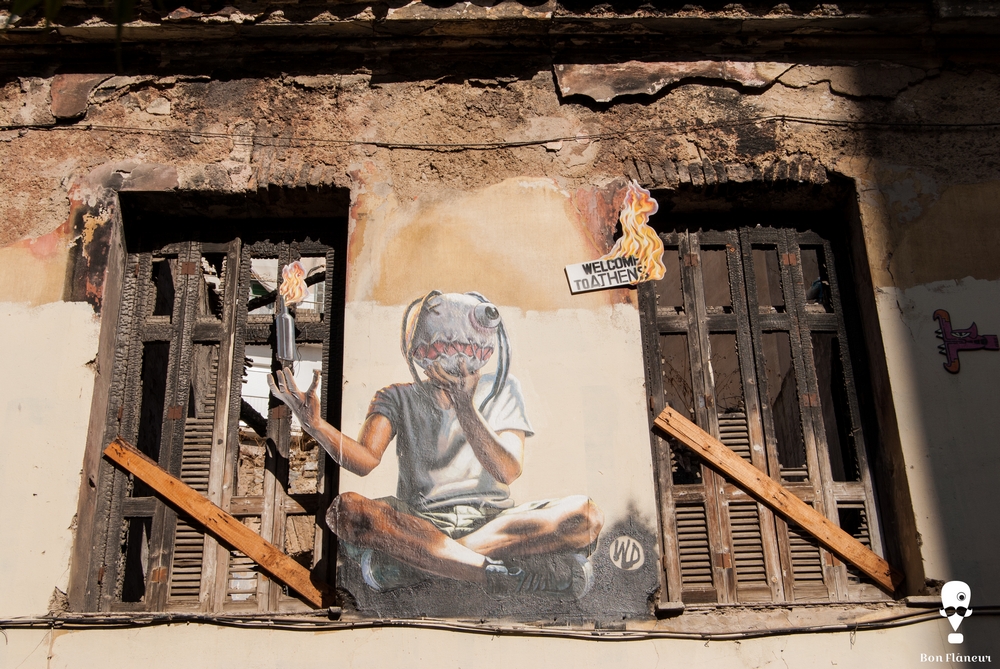




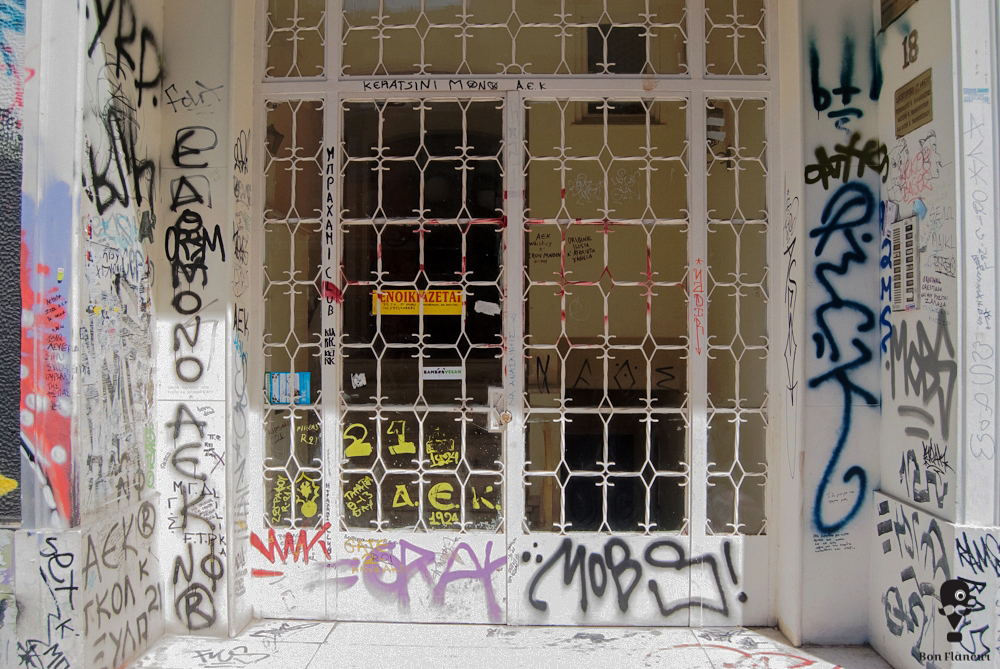
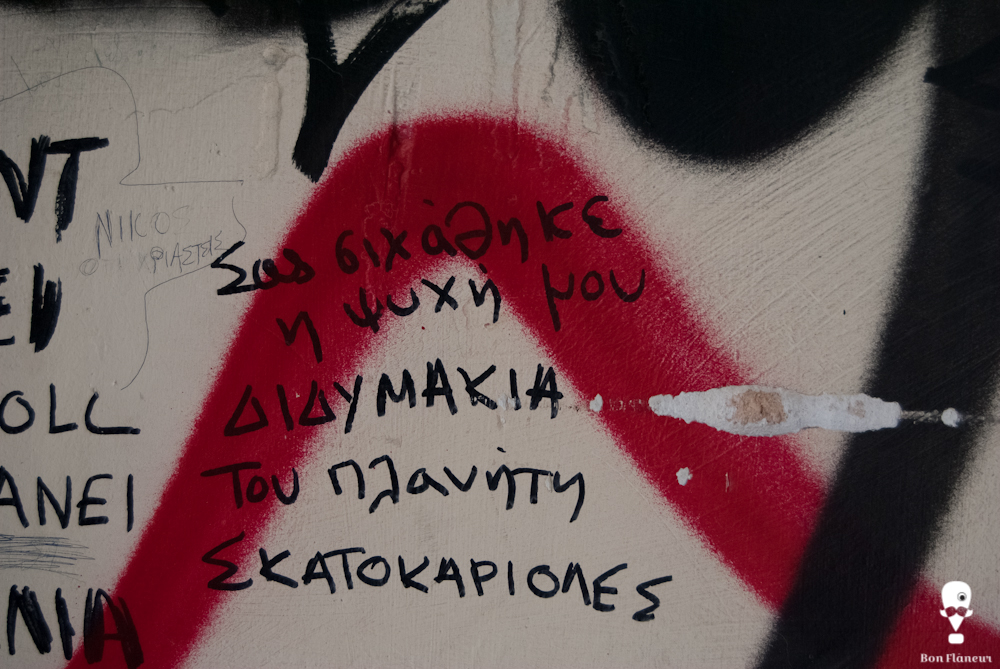


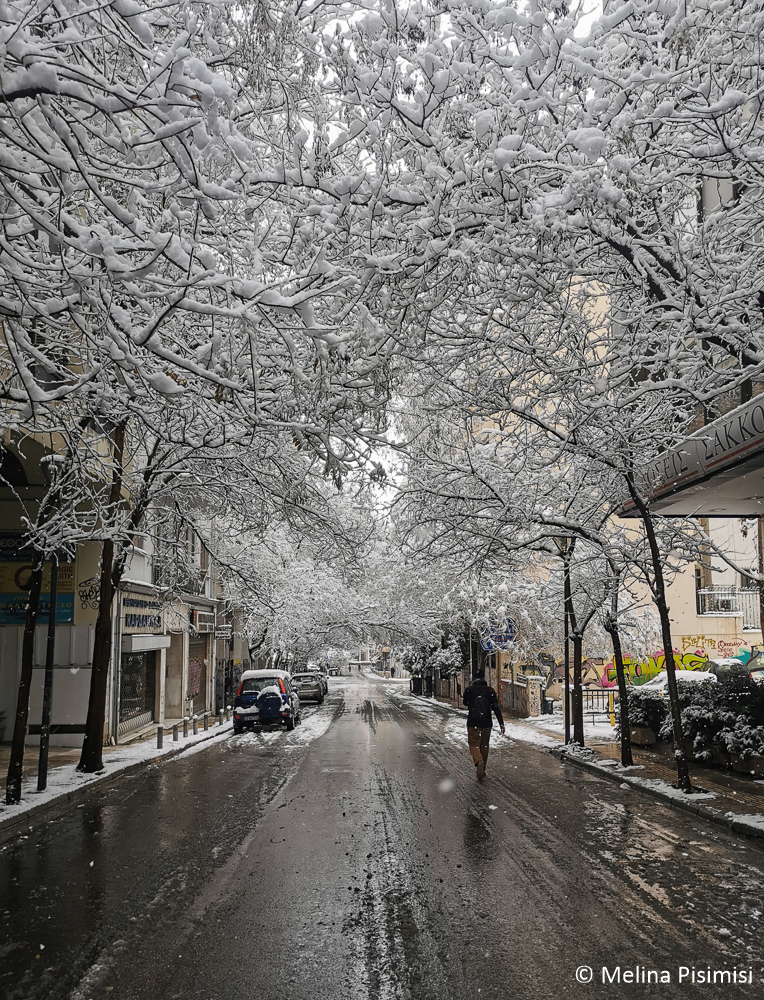
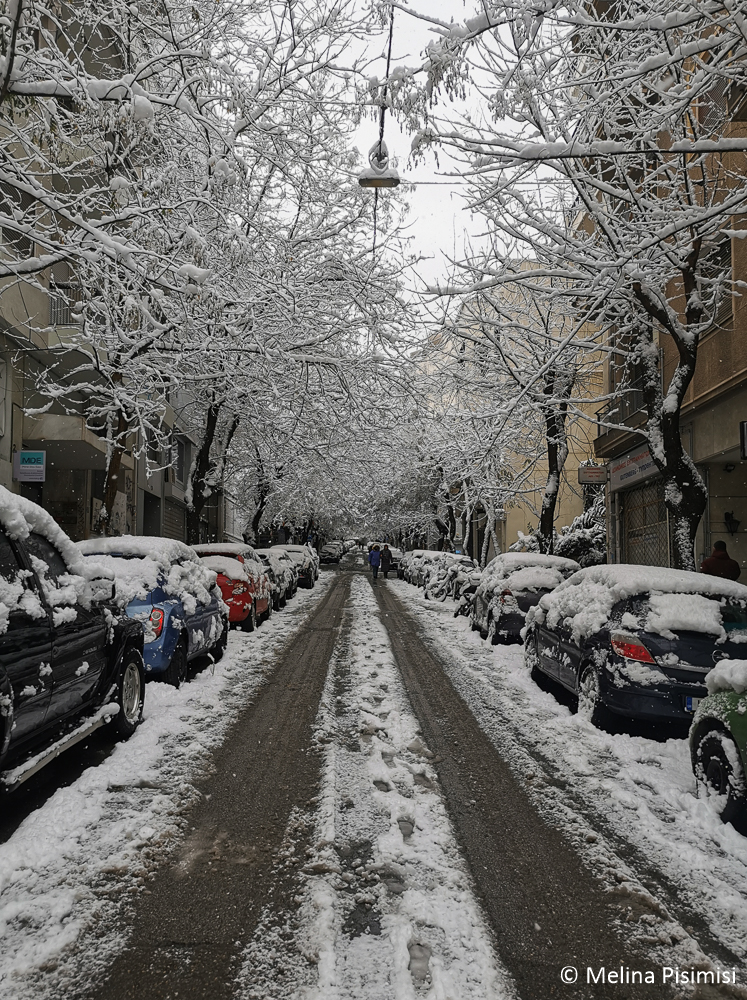



It is a densely built and populated area, where the bourgeois coexist with immigrants, artists, anarchists and leftists. It is a hub for arts, political debate, graffiti and the coffee-shop culture that is characteristic of Athens. It is also an area of alternative entertainment, and a student hub. Exarchia has always combined bohemianism with audacity, relaxation with explosiveness, and has always been the “nudeus” of controversy in Greece. Do not miss the graffiti on Kallidromiou Street, Exarchia (or Exarchion) Square, the Navarinou park and the place where 15-year old Alexandros Grigoropoulos was murdered in 2008 by a police officer.
The Exarchia area is called Neapoli (New City) because it used to be the new district of the city during the early 20th century. The name “Exarchia” is a mystery. One suggestion is that it comes from Exarchos, a famous merchant of the older days. Another possibility is that the name comes from the Exarcheion of the Holy Sepulchre, which was located in this area. Bookstores and publishers prefer Exarchia because of its spiritual “aura” but also because of the students from the neighbouring departments of the University of Athens and the National Technical University. It is an area where students have always lived, many of whom have become brilliant scientists and artists. The profuse graffiti of Exarchia is an indication that young people feel their problems are not being heard and dealt with. The centre of the city has therefore become a clashing point. Apart from the barbarity of the act, the murder of Grigoropoulos symbolically corresponded to the murder of an entire generation. These were some of the additional reasons why his murder sparked the worst riots the country had seen in decades.
Antonopoulos Th., (2013), Εξάρχεια, μια ιστορία έρωτα και αμφισβήτησης, [Exarchia, a story of love and controversy], in Lifo, Η Ιστορία μας Πόλης,[The History of a City], v.1, p.p. 85-87
Vassilopoulos Ch., (2012), Τα άγνωστα Εξάρχεια, [The Unknown Exarchia], Time Machine, ΕRΤ
http://www.youtube.com/watch?v=taiHLajaYns
Τελευταία επίσκεψη 27/4/2013
Melampianaki E. (2006), Οι πλατείες της Αθήνας 1834-1945, διαδικασία διαμόρφωσης, λειτουργία- πολεοδομική σημασία, [Athens squares 1834-1945, configuration process, fuction- urban planning significance, NTUA., Phd
Mikropoleis, (2012), Εξάρχεια, οι τοίχοι, [Exarchia, the walls], ERT
1870 The area started being inhabited and planned from that decade onwards.
Share